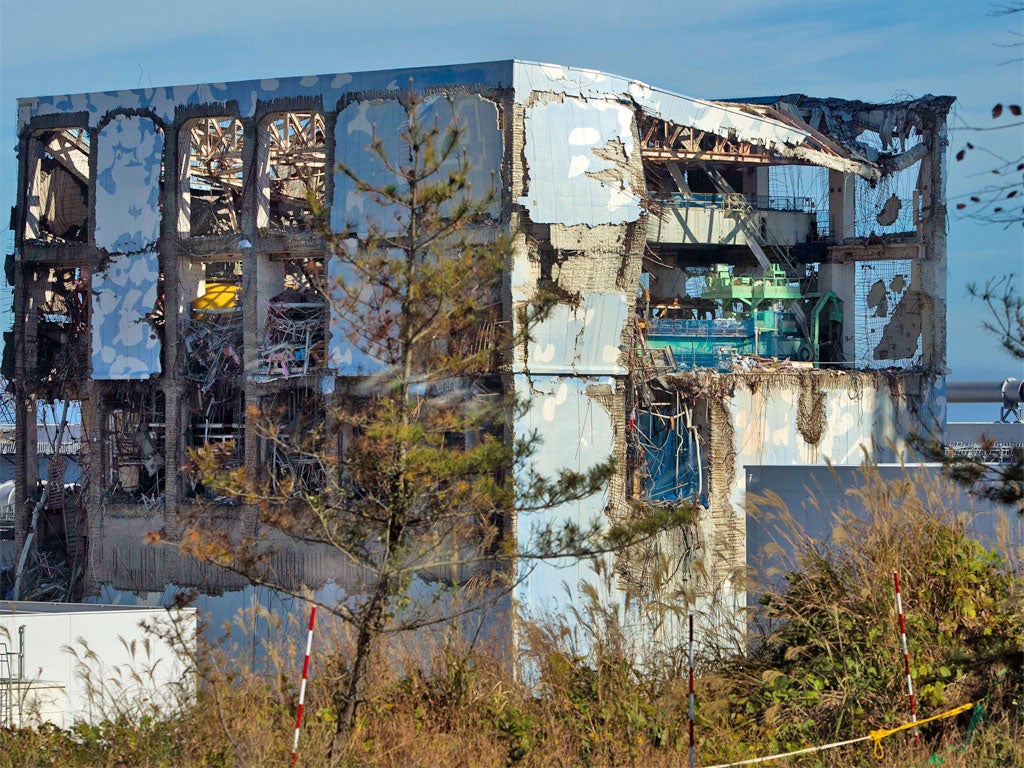'Lethal' level of radiation found at Fukushima

Your support helps us to tell the story
From reproductive rights to climate change to Big Tech, The Independent is on the ground when the story is developing. Whether it's investigating the financials of Elon Musk's pro-Trump PAC or producing our latest documentary, 'The A Word', which shines a light on the American women fighting for reproductive rights, we know how important it is to parse out the facts from the messaging.
At such a critical moment in US history, we need reporters on the ground. Your donation allows us to keep sending journalists to speak to both sides of the story.
The Independent is trusted by Americans across the entire political spectrum. And unlike many other quality news outlets, we choose not to lock Americans out of our reporting and analysis with paywalls. We believe quality journalism should be available to everyone, paid for by those who can afford it.
Your support makes all the difference.A lethal level of radiation has been detected inside one of the reactors at the Fukushima nuclear power plant, throwing fresh doubts over the operator's claims that the disabled complex is under control.
Engineers for Tokyo Electric Power Co (Tepco) say readings of airborne radiation inside the containment vessel of Reactor 2 showed nearly 73 sieverts per hour this week, the highest since the crisis began following the earthquake and tsunami on 11 March last year. Exposure to radiation at that level is deadly within minutes, according to Japan's public broadcaster, NHK.
Tepco said the find would have "no impact" on the company's long-term plans to decommission the plant's six reactors. "We were not surprised that the radiation was this high because the reading was taken from inside the pressure vessel," a spokesman said.
Tepco announced in December that the Daiichi complex had achieved a state of cold shutdown, meaning that radiation emissions are under control and the temperature of its 260 tons of nuclear fuel has stabilised below boiling point. The company plans to remove the fuel and dismantle the structure – a task it estimates will take decades.
But engineers have only a rough idea of where the melted fuel inside three of the six reactors is, or how badly it has corroded the base of the reactors and their containment vessels. Reactors 1 and 3 are too badly damaged to allow close inspection, while engineers had to use modified equipment to peer inside Reactor 2 this week for only the second time since the earthquake.
Critics say the fresh findings illustrate the still precarious state of the complex. Shaun Burnie, an independent nuclear consultant, said Tepco must get more water on to the melted fuel and stop contamination from making its way into the environment.
Join our commenting forum
Join thought-provoking conversations, follow other Independent readers and see their replies
Comments